On average, homeowners spend about $888 annually for flood insurance, as reported by FEMA. It’s a startling fact that just an inch of flooding can unleash damage to your home, potentially costing around $25,000 in repairs. The question of “How much does flood insurance cost?” cannot be answered simply, as various factors come into play. These include the age and construction of your home, its location within different flood risk zones, the specifics of the insurance policy you choose, and the insurance provider itself. But not all is grim; there are several measures you can take to potentially lessen your flood insurance expenses, such as elevating your home, installing floor drains, and choosing a higher deductible. Let’s understand better the world of flood insurance.
What does flood insurance cover
Flood insurance offers essential protection for homeowners, covering various aspects of both property and personal belongings. Its coverage is designed to provide a safety net against the damage caused by floodwaters, ensuring homeowners are not left financially vulnerable. Here’s a breakdown of what flood insurance typically covers:
Building Coverage:
- The physical structure of your home, including the foundation, walls, and roof.
- Electrical and plumbing systems within the home.
- Central air conditioning, furnaces, and water heaters.
- Permanently installed fixtures, such as bookcases, cabinets, and paneling.
Contents Coverage:
- Personal belongings, including furniture, electronics, and clothing.
- Kitchen appliances not permanently installed, like microwaves and portable dishwashers.
- Carpets not covered under building coverage, such as area rugs.
- Certain valuable items, with limitations, such as original artwork and furs.
This dual approach ensures comprehensive protection, safeguarding the structural integrity of your home and the personal items that transform a house into a home. Flood insurance thus stands as a crucial element of financial planning, offering security and peace of mind in the event of a flood.
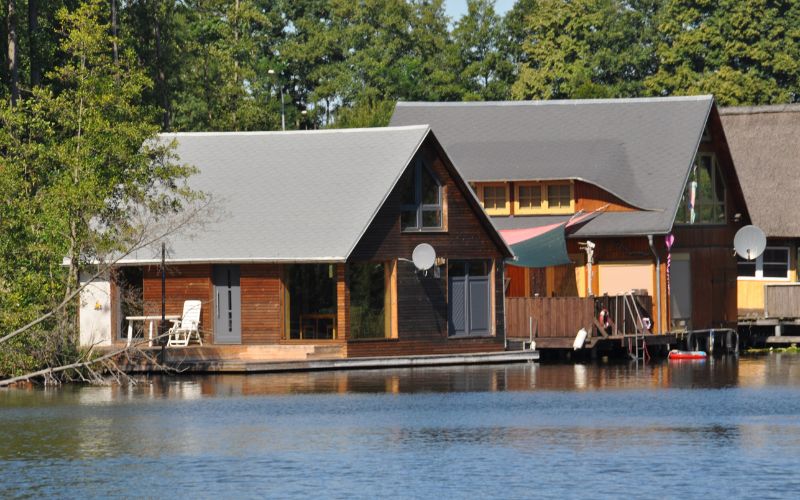
What flood insurance does not cover?
While flood insurance provides broad coverage to protect against water damage, it’s important to recognize the exclusions that apply. Knowing what is not covered can help homeowners plan accordingly and consider additional insurance or preventive measures for comprehensive protection. Here’s a look at common exclusions under flood insurance policies:
- Damage from Moisture, Mildew, or Mold: Damage that could have been avoided with homeowner maintenance or due to moisture buildup over time is typically not covered.
- Personal Property Outside the Home: Items located outside of the insured building, such as cars, landscaping, and outdoor furniture, are generally not covered under a standard flood insurance policy.
- Temporary Housing and Additional Living Expenses: Costs associated with temporary relocation or living expenses if the home is uninhabitable after a flood are usually not included.
- Currency, Precious Metals, and Valuable Papers: Cash, stock certificates, and similar valuables are excluded from coverage.
- Basements and Areas Below the Lowest Elevated Floor: Certain items in basements or crawlspaces under your home, like personal property, are often not covered, though the specifics can vary by policy.
- Business Interruptions: Loss of income due to business closure caused by flood damage is not covered under personal flood insurance policies.
Flood Insurance Premium Calculations
The cost of flood insurance can significantly vary, with the typical homeowner in the United States spending about $888 annually. However, individual premiums differ widely due to specific rating factors unique to each policyholder. To truly grasp the potential expense of your flood insurance, obtaining a personalized quote is essential. Nonetheless, familiarizing yourself with the various elements that influence your insurance rate can offer some control over the costs you might incur.
Ownership of a property within designated high-risk flood zones, such as Special Flood Hazard Areas (SFHA), Coastal Barrier Resources Systems (CBRS), or Otherwise Protected Areas (OPA), necessitates the purchase of flood insurance, especially if you’re financing your home through a mortgage or loan. Typically, flood insurance policies need to be settled in full upfront, whether through direct payment or via your mortgage’s escrow account, ensuring continuous protection against flood risks.
Home age and construction
When assessing the cost of flood insurance, insurers meticulously examine the age of your home and the construction methods employed. Homes that have stood the test of time, particularly those erected before the advent of contemporary building practices, often face a higher susceptibility to flood-related damages. This vulnerability not only heightens the risk of significant damage but also the potential financial burden due to specialized repair needs, such as the sourcing of custom materials.
Conversely, modern construction techniques are designed with resilience in mind, incorporating features aimed at minimizing the impact of flooding. Innovations such as elevated foundations or strategically placed drainage openings can significantly reduce the likelihood of water intrusion and facilitate quicker recovery post-flood. These advancements not only protect your property but can also influence the overall cost of your flood insurance premium, potentially offering savings by aligning with insurers’ risk assessments.
Furthermore, the integration of flood-resistant materials and smart landscaping designs that naturally divert water away from your property are additional factors that can contribute to a more favorable insurance rate. Insurers may offer reduced premiums to homeowners who proactively implement measures that mitigate the risk of flood damage, recognizing the lower likelihood of extensive claims. Thus, understanding and leveraging these construction principles can be crucial for homeowners looking to manage their flood insurance costs effectively.
Flood risk locations
The probability of flooding within your area stands as a pivotal element influencing flood insurance premiums. This risk assessment is not uniform; homes situated in zones identified as moderate to high risk are more frequently mandated to secure flood insurance. Yet, specific mandates, such as those for homeowners in Florida covered by Citizens, require flood insurance irrespective of the designated flood zone, underscoring the universal potential for flood risk.
It’s a common misconception that homes outside high-risk zones are safe from flooding. Statistics from FEMA reveal that a significant portion of flood insurance claims originate from areas deemed to have low to moderate risk. This highlights an essential truth: the cost of flood insurance correlates directly with the perceived risk of flooding in your vicinity. To gauge this risk, FEMA’s flood maps offer invaluable insights, enabling homeowners to understand their exposure to potential flood events.
The specific location of your property within a floodplain can significantly affect insurance costs. For instance, a house positioned on elevated terrain, even within a floodplain, might attract lower insurance rates. This reduction is attributed to the decreased likelihood of floodwater impacting the home, thereby minimizing the insurer’s risk of financial loss from claims. Such nuances emphasize the importance of understanding not just the general risk associated with your area, but also how the particularities of your property’s location and elevation within a flood zone can influence your insurance premiums.
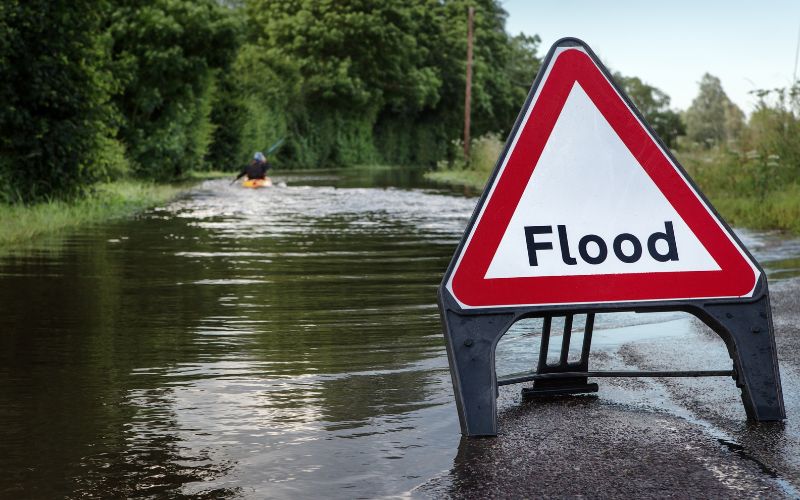
Type of coverage
When selecting flood insurance, homeowners face two primary coverage options: building and contents. Opting for building coverage alone might reduce premiums, yet this choice could expose you to significant financial risk should a flood devastate both your home and its contents. The level of coverage and the deductible you choose further shape your policy’s cost. Higher coverage amounts translate to increased premiums due to the elevated risk assumed by insurers, whereas opting for a higher deductible can lower your premium by shifting more financial responsibility onto you in the event of a claim. Additionally, your property’s location could make you eligible for the National Flood Insurance Program’s Preferred Risk Policy, offering more affordable coverage for homes in low-risk areas, while homes in higher risk zones may require standard policies. This layered approach to flood insurance allows homeowners to balance protection needs with financial considerations, tailoring coverage to suit both their risk exposure and budget
Is flood insurance worth it?
The decision to invest in flood insurance is pivotal for homeowners, weighing not just the cost but the potential financial safeguard it provides. At its core, the worth of flood insurance transcends mere financial considerations, embodying peace of mind for property owners. This protective measure ensures that in the face of unforeseen flooding—a phenomenon that does not discriminate by geographic location—homeowners are not left grappling with devastating financial losses.
Critically, the value of flood insurance is underscored by the rising unpredictability of weather patterns and increasing instances of flooding in areas previously deemed low-risk. Historical data may no longer be a reliable predictor of future flood risks, emphasizing the importance of being prepared. While the upfront cost of premiums might seem like a substantial outlay, the comparison is stark when measured against the potential costs of rebuilding or repairing a home and replacing personal possessions after a flood event. The average repair cost for flood damage can run into tens of thousands of dollars, a figure that dwarfs annual insurance premiums.
Moreover, the value of flood insurance is not solely in its capacity to cover the financial aspects of recovery but also in the support and resources it provides homeowners during the recovery process. This includes guidance through claims, assistance in understanding the extent of coverage, and recommendations for flood damage cleanup, repair and mitigation.
Navigating the Mandate of Flood Insurance
The question of whether flood insurance is mandatory is nuanced, largely influenced by the geographical location of a property and the specifications of any mortgage on it. In regions identified as bearing moderate to high risks of flooding, it’s common for mortgage lenders to require flood insurance as a safeguard, integrating it as a non-negotiable term within the loan agreement. This makes a thorough examination of your mortgage or refinancing agreements crucial to ensure adherence to such requirements.
In particular locales, like Florida for policyholders of Citizens, the state-backed insurance, flood insurance isn’t just recommended—it’s compulsory, with phased implementation depending on various factors. These include the property’s specific location within the state and its assessed value. This state-level mandate highlights the critical nature of flood insurance in providing a financial safety net against the potentially ruinous costs of flood damage.
Understanding the intricacies of when and why flood insurance is required is essential for homeowners. It allows for informed decisions about property protection, ensuring that one’s home is shielded against the financial devastations of flood events. Whether mandated by law, stipulated by lenders, or chosen for peace of mind, flood insurance stands as a pivotal component of comprehensive home protection in flood-prone areas.
Conclusion
Flood insurance offers a vital shield against the financial repercussions of a flood, safeguarding both your property and personal belongings. While the upfront cost may seem like a burden, it pales in comparison to the potential expenses of flood repairs and replacements. Remember, even low-risk areas are susceptible to flooding. To navigate the complexities of flood insurance and ensure you have the right coverage, consider seeking assistance from a professional restoration company. These experts can guide you through the process, answer your questions, and help you file a claim if disaster strikes. With their support, you can navigate the path to flood recovery with greater confidence and ease.



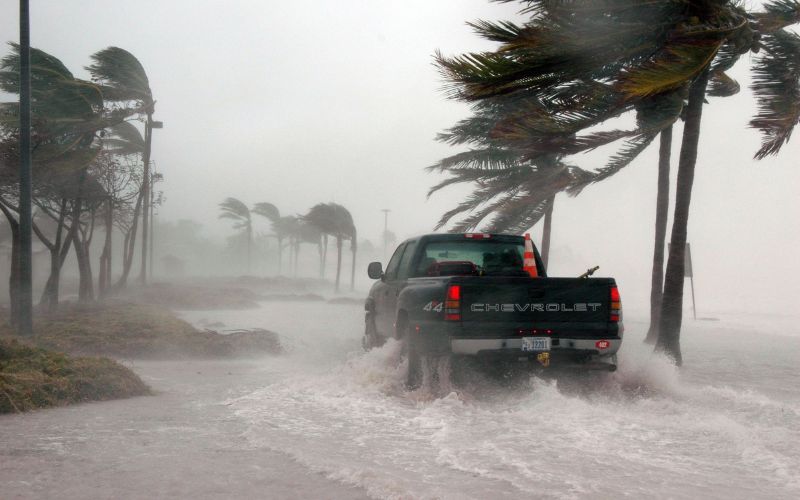
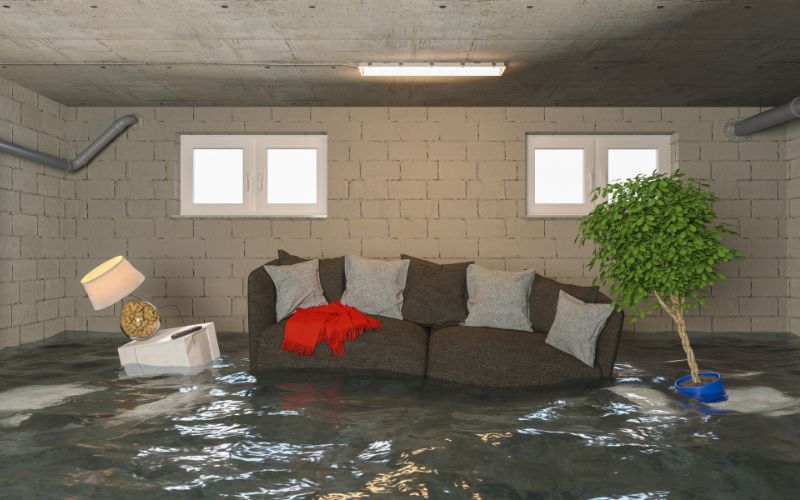
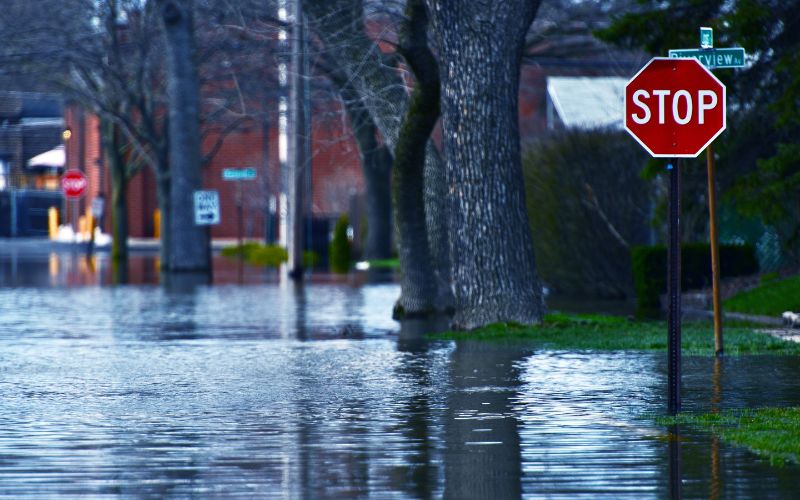
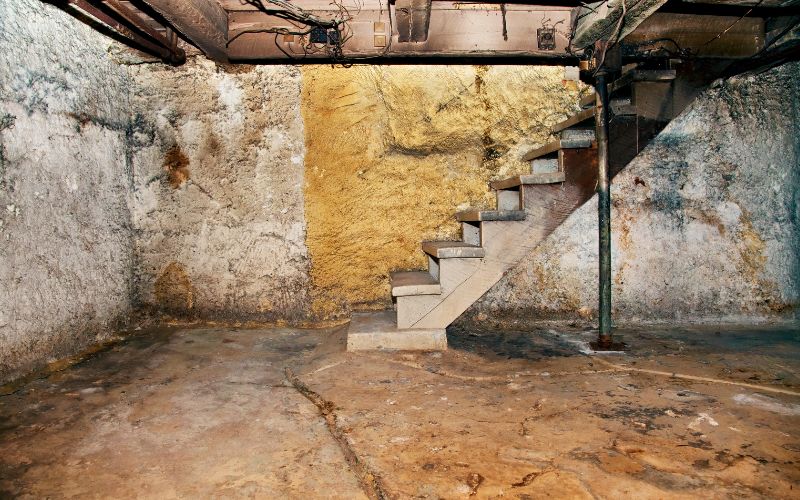
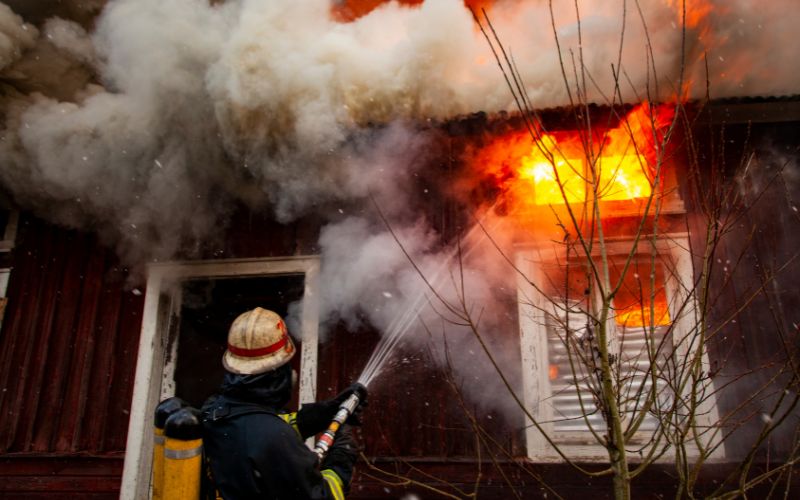




 by
by